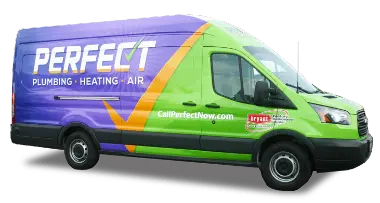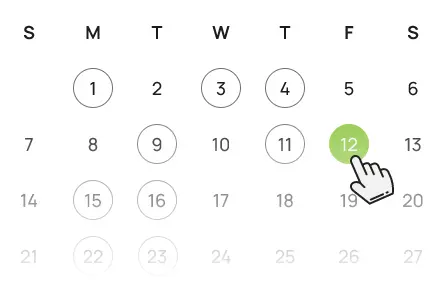Getting pipe repair in Boise, ID, promptly is crucial in keeping your home in pristine condition. Unfortunately, pipe problems come hand-in-hand with water damage. If a significant amount of water is allowed to seep into your home’s foundation, flooring, and walls, it can cause permanent structural damage. The damage can be so severe that your home may become unsafe.
It would be best if you kept an eye on your plumbing so you also have a good idea of when to get a pipe replacement. You might need to repipe your entire home or just a section. For example, if there’s a burst pipe, one of the most common recommendations is to repipe that section of the lines. However, if your pipes are old and decaying, you might need to replace them.
Customers near you trust us because:
- BBB accredited with an A+ rating
- 2023 NextDoor Neighborhood Fave
- 2023 Angi Super Service Award
- HomeAdvisor Top Rated


